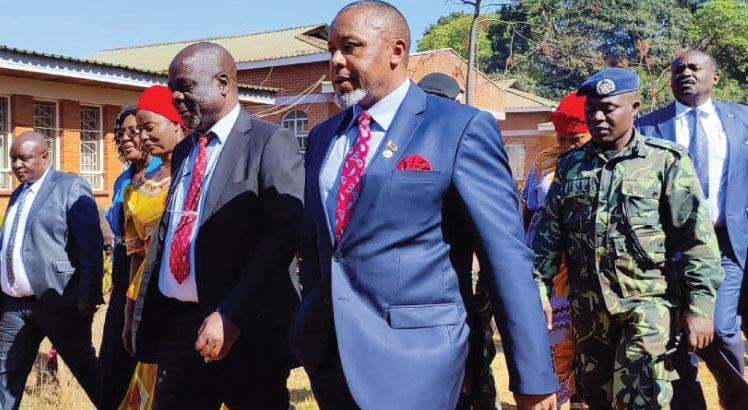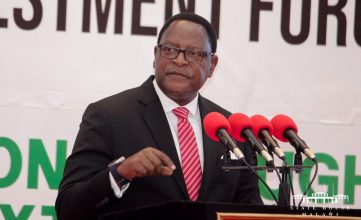IMF delves into population boom
The International Monetary Fund (IMF) has said while a young and dynamic population can help economic development by generating an abundant pool of labour, a population boom could hinder efforts of improving the well-being of the population.
In a written response to a questionnaire on Monday, IMF resident representative Jack Ree said global experience show that rapid population growth in low income countries generally aggravates poverty because it means more mouths to feed and over-stretched resources.

He, however, said the impact of high population growth on Malawi seems to have been quite mixed so far.
“Firstly, economic growth averaged around five percent during the past decade, which is only 2 percent or so higher than the population growth. Especially, job creation has not been robust enough to absorb the youth who enter the labour market every year. Under such a condition, lifting the economic well-being becomes a tough uphill battle.
“Secondly, the supply of school seats and hospital beds has failed to catch up with the demand. This has negative implications for economic and social equality. Thirdly, infrastructure investment, including ones for power generation, also failed to catch up with the population growth thereby creating a chronic imbalance between demand and supply,” he said.
Going forward, Ree advised, what is needed the most is higher growth to turn the population growth into an economic opportunity.
“And that requires sustained macroeconomic stability and restoration of investor confidence among others—which are exactly what Malawi’s Extended Credit Facility [ECF] programme is trying to achieve. Malawi also needs to optimise its fiscal space to prevent deterioration of education and health services to its children and youth. Among others, this requires continual improvement of public financing and investment management to fend off leaks and improve the quality of public spending.”
Malawi’s population has risen from 13 029 498 in 2008 to 17 563 749 in 2018, representing a 35 percent increase, according to 2018 Population and Housing Census (PHC) preliminary results which National Statistical Office (NSO) announced Thursday.
Of this, 51 percent represent the youths.
The statistics further show that 14 780 385 people or 84 percent of the entire population, live in rural areas and 16 percent are in urban areas.
Minister of Finance, Economic Planning and Development Goodall Gondwe, while admitting that the population growth rate is not sustainable for an economy like ours, said greater investment in empowering the youth to become productive citizens could turn the negative trend into a boost for the economy. Malawi is one of the poorest countries in Africa, with GDP per capita of only $324 in 2017 compared to the medium for sub- Saharan Africa of $980





